Stainless steel kitchen utensils are a popular choice for many home cooks and professional chefs due to their durability, resistance to rust, and sleek appearance. However, to maintain their pristine condition, regular and proper cleaning is essential.
This guide on how to clean stainless steel kitchen utensils will provide you with effective methods and tips on how to clean your stainless steel utensils, ensuring they remain sparkling and efficient for everyday use. By following these simple steps, you can extend the lifespan of your utensils and enhance the overall aesthetics of your kitchen.
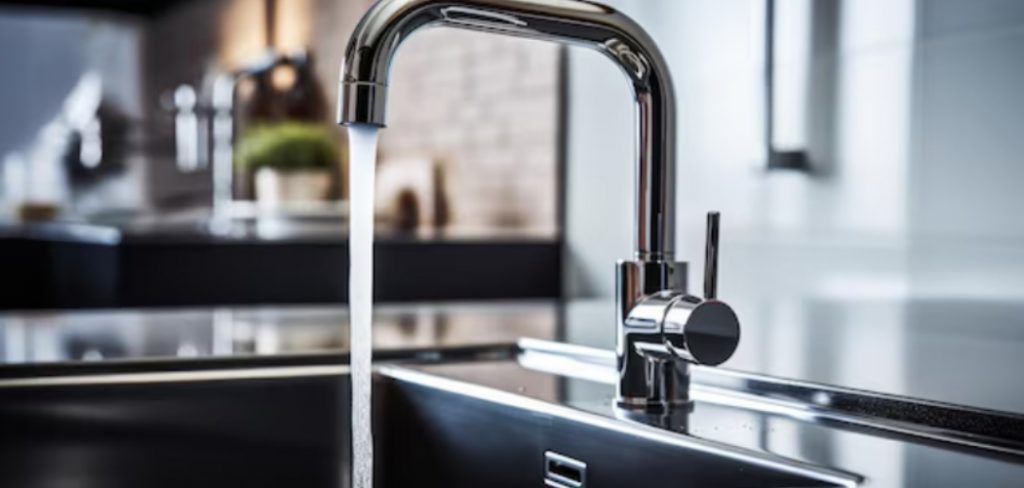
Why is It Important to Clean Stainless Steel Kitchen Utensils Regularly?
Regular cleaning of stainless steel kitchen utensils is crucial for several reasons. First and foremost, it helps maintain hygiene in the kitchen by preventing the buildup of food residues and bacteria, which can lead to cross-contamination and foodborne illnesses.
Additionally, frequent cleaning assists in preserving the quality and appearance of the utensils, preventing dullness, stains, and discoloration that can occur over time when exposed to various food acids and cleaning agents. Proper maintenance not only extends the lifespan of your utensils but also ensures they remain efficient and safe for daily culinary tasks.
By incorporating regular cleaning into your routine, you can enjoy the benefits of shiny, spotless, and functional kitchen tools.
Needed Materials
- Warm Water
- Dishwashing Liquid Soap
- Soft Sponge or Cloth
- Baking Soda (Optional)
- White Vinegar (Optional)
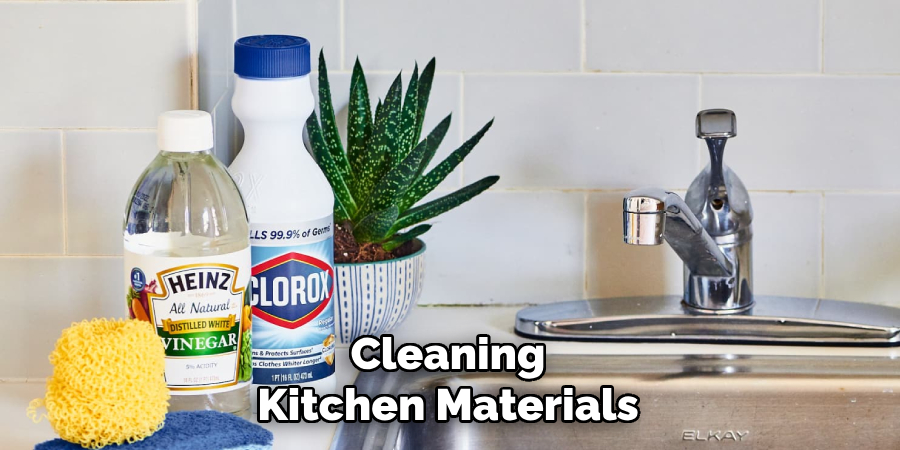
8 Step-by-step Guides on How to Clean Stainless Steel Kitchen Utensils:
Step 1: Prepare the Utensils
Begin by gathering all the stainless steel kitchen utensils that require cleaning. Ensure that any food particles are removed by rinsing them under warm water. If there are any stubborn food residues, use a soft sponge to gently scrub them off before proceeding with the cleaning process.
This initial rinse not only removes loose debris but also helps in assessing if any additional treatment is needed for stains or tougher residues. Proper preparation is essential to facilitate an effective and thorough cleaning process.
Step 2: Create a Cleaning Solution
In a sink or large bowl, mix warm water with a few drops of dishwashing liquid soap to create a soapy cleaning solution. For everyday cleaning, this basic mixture is usually sufficient. However, if your utensils have tougher stains or need deeper cleaning, you can enhance the solution by adding a tablespoon of baking soda or white vinegar.
These natural cleaning agents help to break down stubborn stains and add extra shine to your utensils. Stir the solution gently to ensure the soap is evenly distributed throughout the water, creating a consistent and effective cleaning environment for your stainless steel kitchen utensils.
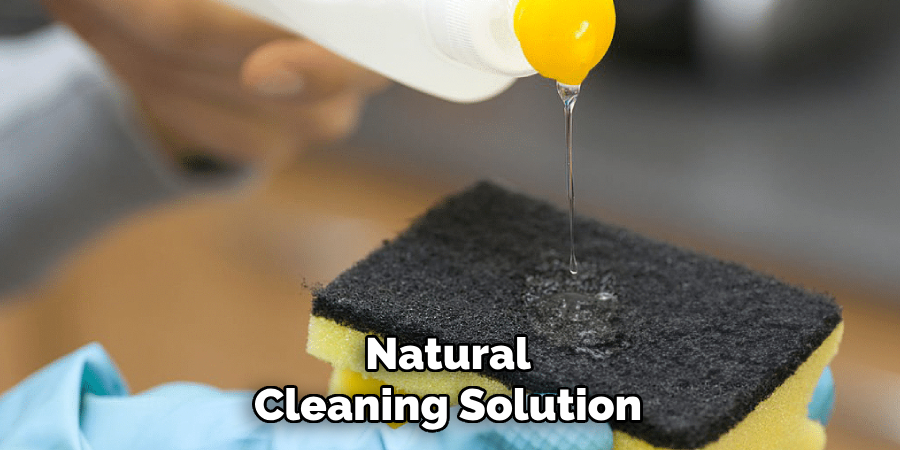
Step 3: Soak the Utensils
Place the utensils in the cleaning solution and let them soak for about 5-10 minutes. This step will loosen any remaining food residues, making it easier to remove them during the next stage of cleaning. Additionally, soaking helps soften any hardened stains or buildup of grime on your utensils.
While stainless steel is a durable material, prolonged exposure to harsh chemicals and abrasive scrubbing can damage its surface. Therefore, soaking provides an alternative, gentler method of loosening tough residue before scrubbing.
Step 4: Scrub with a Soft Sponge or Cloth
After a few minutes of soaking, use a soft sponge or cloth to gently scrub the utensils in a circular motion. This step helps in removing any remaining stains and grime that may be stuck on the surface of your utensils.
Avoid using abrasive tools such as steel wool or harsh cleaning chemicals, as these can cause scratches, streaks, and damage to your stainless steel utensils. Instead, choose soft sponges or microfiber cloths that are specifically designed for cleaning delicate surfaces.
Remember to always clean with the grain of your stainless steel utensils as this helps maintain their polished appearance. After each scrub, rinse off any soap residue with warm water and inspect if there are still any areas that require additional cleaning. Repeat this process until your utensils are spotless and shiny.
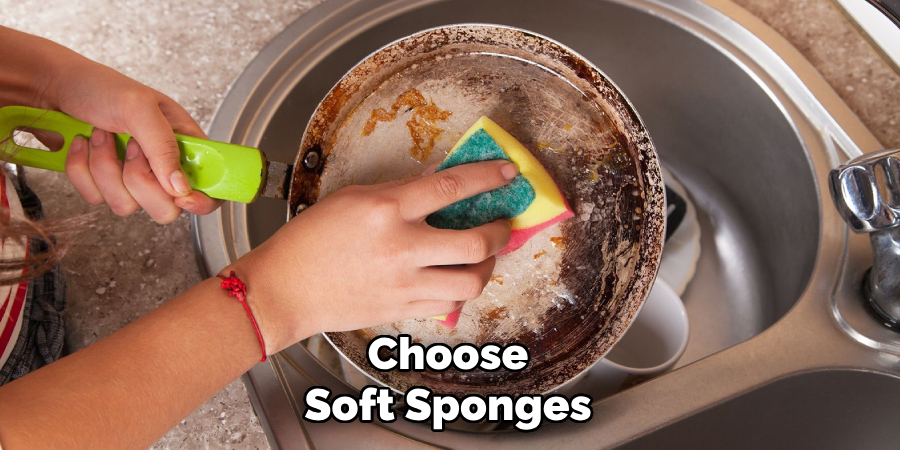
Step 5: Rinse with Warm Water
Once you have thoroughly scrubbed your utensils, it’s crucial to rinse them properly to remove any remaining soap and loosened grime. Hold each utensil under warm running water, making sure to wash away all traces of the cleaning solution.
Pay close attention to any grooves or intricate designs on your utensils, as soap can often collect in these areas. Proper rinsing ensures that no detergent residues are left behind, which could cause unsightly spots or film once the utensils dry. After rinsing, inspect each piece to ensure cleanliness before proceeding to the drying stage.
Step 6: Dry with a Soft Cloth
After rinsing, use a soft cloth to dry your utensils thoroughly. Avoid using harsh paper towels or abrasive cloths as these can scratch and damage the surface of your utensils. Instead, choose microfiber cloths or even cotton dish towels that are gentle on stainless steel.
Drying is an essential step in preventing water spots and rust from forming on your utensils. Ensure that each piece is completely dry before storing them away in a clean and dry location.
Step 7: Optional Steps for Tough Stains
For tougher stains or rust buildup, you can use additional methods to restore your stainless steel kitchen utensils’ shine. One option is to create a paste out of baking soda and water, then gently rub it onto the stained areas with a soft cloth. Let the paste sit for a few minutes before rinsing it off and drying the utensils as usual.
Another option is to use white vinegar, which has natural acidic properties that can remove tough stains and rust from stainless steel. Simply soak a cloth in vinegar and wrap it around the stained areas for about 30 minutes before scrubbing with a soft sponge or cloth. Rinse off any remaining vinegar and dry your utensils thoroughly.
Step 8: Regular Maintenance
To keep your stainless steel kitchen utensils looking shiny and new, regular maintenance is necessary. After each use, rinse your utensils with warm water and dry them thoroughly to prevent any buildup of grime or water spots.
Additionally, avoid using harsh cleaning chemicals or abrasive tools when cleaning, as these can damage the surface of your utensils. With proper care and maintenance, your stainless steel kitchen utensils will continue to shine and serve you well in all your culinary adventures.
Following these simple steps on how to clean stainless steel kitchen utensils will ensure that your stainless steel kitchen utensils stay clean and in excellent condition, making them a valuable and long-lasting addition to your kitchen. With regular cleaning and maintenance, you can enjoy using your utensils for years to come without worrying about stains or damage. So go ahead and start cooking up a storm with your sparkling and germ-free stainless steel kitchen utensils!
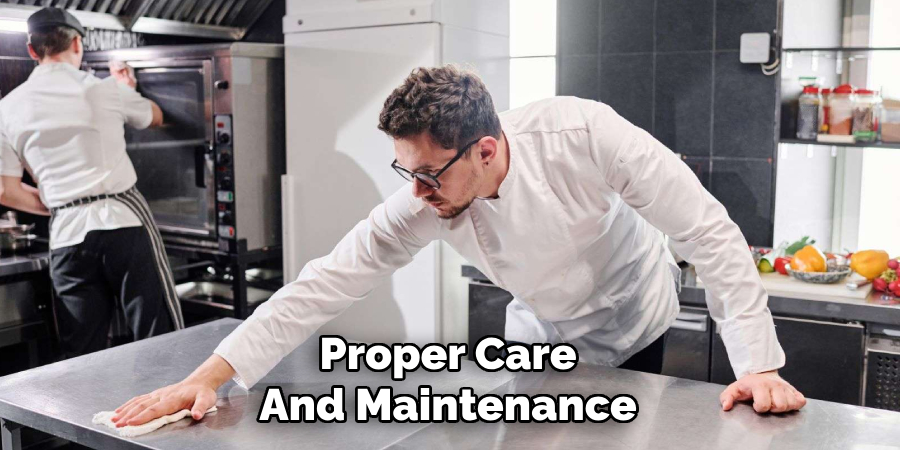
Tips for Maintaining Stainless Steel Kitchen Utensils
- Avoid leaving stainless steel utensils soaking in water for extended periods as this can cause discoloration and damage.
- Always hand wash your utensils instead of using the dishwasher, as the harsh detergents and high temperatures can dull or scratch their surface.
- If your stainless steel utensils have wooden or plastic handles, avoid soaking them in water to prevent damage to these materials.
- To remove stubborn stains, use gentle scrubbing techniques such as baking soda paste or white vinegar. Avoid harsh chemicals that can corrode and damage stainless steel.
- After cleaning, dry your utensils thoroughly with a soft cloth to prevent water spots and rust from forming on their surface.
By following these tips on how to clean stainless steel kitchen utensils for maintaining stainless steel kitchen utensils, you can ensure that they stay looking brand new for years to come.
Frequently Asked Questions
Q: Can I Use Steel Wool to Clean My Stainless Steel Utensils?
A: No, steel wool can scratch and damage the surface of your stainless steel utensils. It is best to use soft sponges or microfiber cloths for cleaning. It is also important to follow the grain of your utensils when scrubbing.
Q: How Often Should I Clean My Stainless Steel Utensils?
A: It is recommended that you clean your stainless steel utensils after each use to prevent buildup and maintain their shine and cleanliness. Regular cleaning will also make deep cleaning easier in the long run.
Q: What Should I Avoid When Cleaning Stainless Steel Utensils?
A: Avoid using abrasive tools and harsh chemicals and leaving them soaked in water for extended periods. These can all cause damage and affect the appearance of your utensils. Stick to gentle cleaning techniques and proper maintenance for best results. So remember, with a little bit of care and attention, your stainless steel kitchen utensils will continue to shine for years to come.
Conclusion
Caring for your stainless steel kitchen utensils doesn’t have to be a daunting task. By incorporating simple cleaning and maintenance routines, you can preserve their beauty and functionality for the long haul. Regularly washing, drying, and inspecting your utensils not only ensures their longevity but also enhances the overall hygiene of your kitchen.
Embrace these steps and tips on how to clean stainless steel kitchen utensils for a hassle-free experience and enjoy the satisfaction of using gleaming, efficient tools for all your culinary creations. With consistent attention to their care, your stainless steel utensils will continue to be an indispensable asset in your kitchen, helping you craft delicious meals while looking perpetually new. So go ahead and give your utensils the TLC they deserve, and let them serve you well for years to come. Happy cooking!
Professional Focus
Angela Ervin, a former interior designer turned blogger, specializes in kitchen design and renovations. Through her website, she blends her passion for cooking with design expertise, sharing practical and creative ideas. Known for balancing functionality and beauty, Angela’s insightful content has made her a trusted voice in home design and lifestyle.
About the Author
Angela Ervin, an experienced interior designer and blogger, combines her passion for kitchen renovations with storytelling. Living in Petersburg with her family, she enjoys cooking and testing her projects firsthand. Known for her humor and relatable style, Angela shares creative, functional design insights through her content, making her a trusted voice in home design.
Education History
University: Virginia Commonwealth University
Degree: Bachelor of Fine Arts (BFA) in Interior Design
- Angela’s education at VCU focused on mastering core interior design principles, including spatial planning, color theory, materials selection, and sustainable design practices.
- She gained hands-on experience through studio projects and collaborative design exercises, which honed her ability to create functional and aesthetically pleasing environments.
- Her coursework also emphasized problem-solving and practical applications of design, preparing her for real-world projects like her self-directed kitchen renovations.
- The program’s strong foundation in both technical skills and creative expression shaped Angela’s ability to seamlessly integrate form and function in her work.


